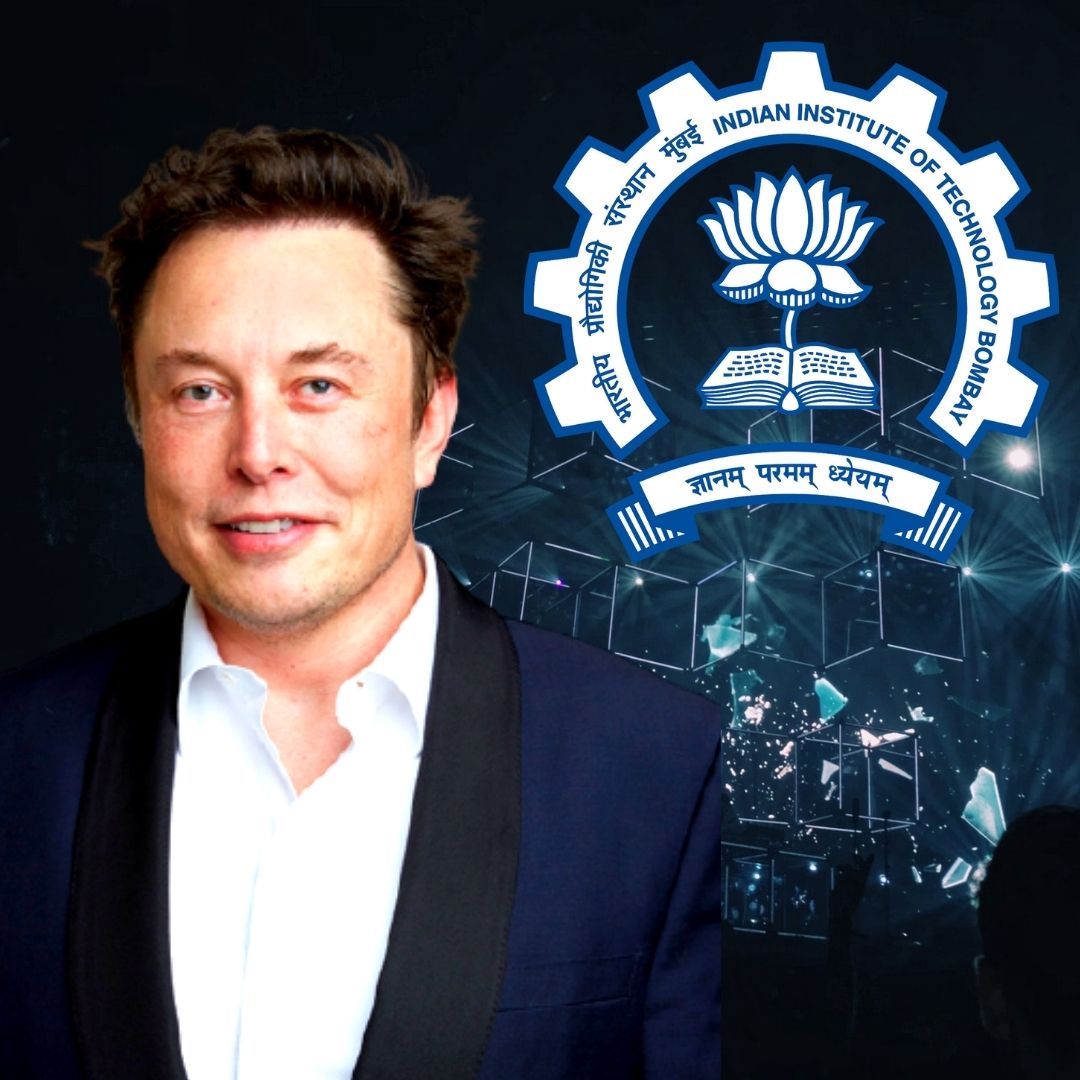IIT Bombay Students, Faculty Win $250,000 Grant From Elon Musk Foundation
Writer: Snehadri Sarkar
While he is a massive sports fanatic, his interest also lies in mainstream news and nitpicking trending and less talked about everyday issues.
India, 13 Nov 2021 5:55 AM GMT
Editor : Palak Agrawal |
Palak a journalism graduate believes in simplifying the complicated and writing about the extraordinary lives of ordinary people. She calls herself a " hodophile" or in layman words- a person who loves to travel.
Creatives : Snehadri Sarkar
While he is a massive sports fanatic, his interest also lies in mainstream news and nitpicking trending and less talked about everyday issues.
The team won the grant for developing a technology that can remove carbon from the atmosphere at COP26 Summit in Glasgow.
Indian Institute of Technology Bombay (IIT-Bombay) students and faculty members have secured a grant worth USD 250,000 from the XPRIZE Foundation, a part of the Elon Musk Foundation at Glasgow's COP26 summit. The 'SASIITB' student team, consisting of Anwesha Banerjee, Srinath Iyer, Shubham Kumar, and Srishti Bhamare, won the grant for developing a technology that can remove carbon from the atmosphere and turn them into salts.
Winning sides will make use of these funds to further compete in subsequent rounds of XPRIZE Carbon Removal or for the development of key supporting technologies which will help in the reduction of carbon dioxide.
Big Payout
Awards of USD 250,000 have been handed out to teams contesting for the XPRIZE Carbon Removal Milestone and Grand Prize awards over numerous carbon removal pathways – land, air oceans and rocks, according to the XPRIZE Foundation official release.
Meanwhile, methodologies and techniques used for elevating the standards of precision, assessment, and time needed for carbon measurements were some of the factors that were considered. A minimum of 50 per cent of the individuals of the participating sides also needs to enroll in an educational institution so that they are eligible for the Carbon Removal Student Competition.
What Did They Create?
The SASIITB team made a tri-modular tech for large-scale removal of carbon dioxide. "Biomass-based power plants and other industries which utilise biomass are sources of both CO2 as well as alkaline emissions (calcium oxide and magnesium oxide)," Srinath Iyer was quoted as saying by Business Today.
"Carbon dioxide emissions from these industries can be captured using different solutes or solvents and the carbon dioxide-rich solvent could then be reacted with alkaline waste to generate permanently sequenced mineral carbonates simultaneously also regenerating the solvent in an integrated CO2 absorption mineralisation cum regeneration of solvent which is IAMR (integrated CO2 absorption-mineralisation and regeneration of absorbent) process," he further added.
According to a report by Mint, the team has not only tried to capture the carbon dioxide present in the atmosphere but has also turned that into another commercially viable chemicals in industries ensuring a financial benefit to them.
Also Read: Progressive Move! Uttar Pradesh Adds 'Married Daughters' In List Of Dependents For Govt Jobs
 All section
All section















